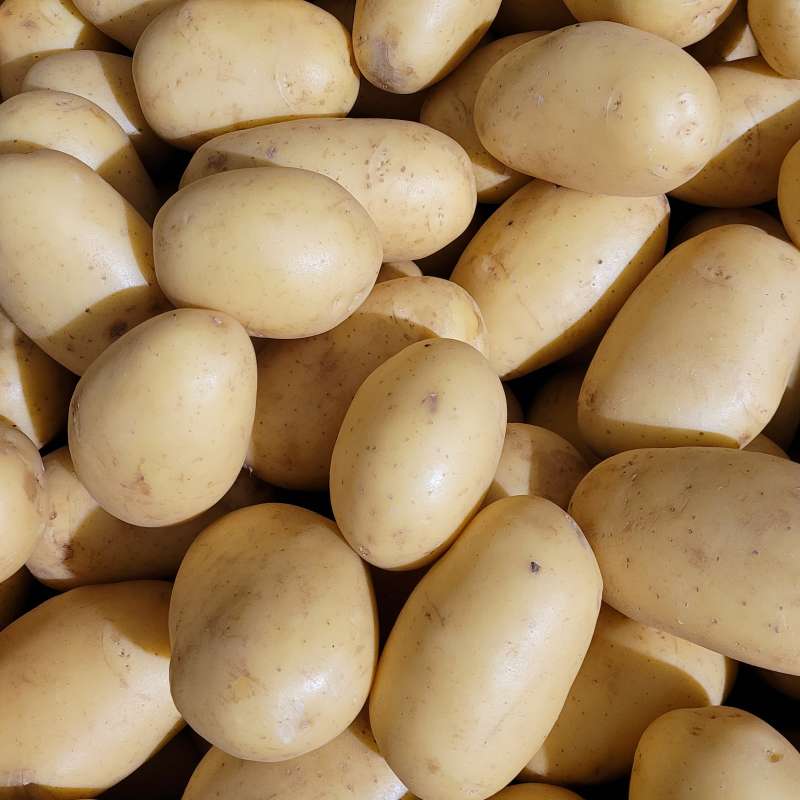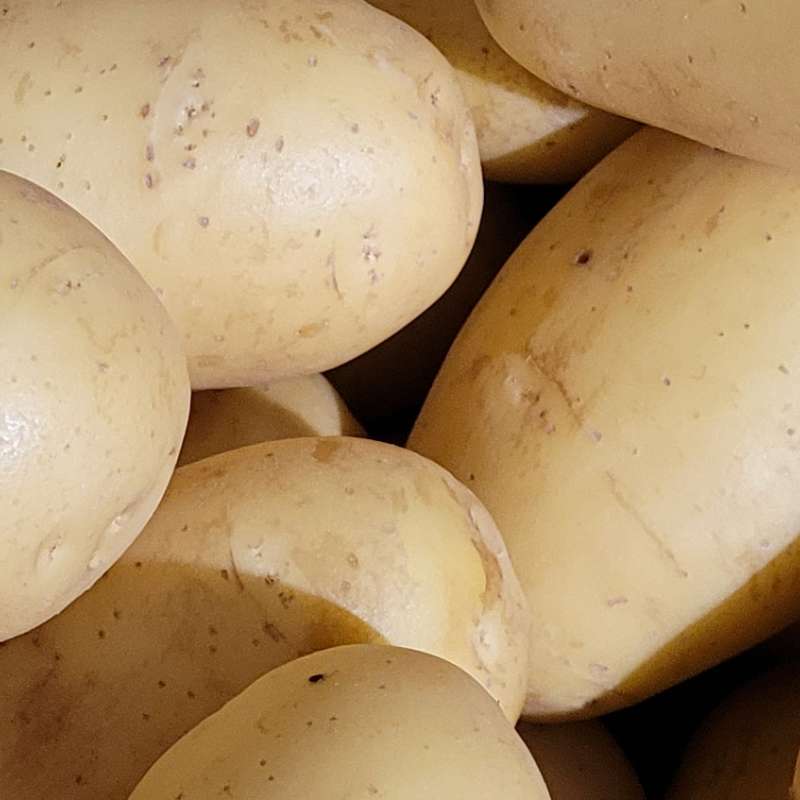Jørgen A.B. Mølmann
Forsker
Sammendrag
Det er ikke registrert sammendrag
Forfattere
Jørgen A.B. MølmannSammendrag
Omvisning med orientering om potetforsøk ved BIologisk klimalaboratorium i Tromsø
Forfattere
Jørgen A.B. MølmannSammendrag
Orientering om kontrollerte forsøk med kålrot og klimafaktorers påvirkning på spisekvalitet

Divisjon for matproduksjon og samfunn
Kålrot med stabil indre kvalitet
Kålrot er en sentral grønnsak i den norske matkulturen til hverdags og fest. Kålrotdyrking er velegnet for relativt kjølige norske vekstforhold, men dette er blitt mer utfordrende i et varmere klima. I de siste årene har det vært oftere varme- og tørkeperioder om sommeren, med et økende problem med blant annet harde og trevlede kålrøtter. Dette har ført til forbrukerklager på dårlig spisekvalitet for Norsk kålrot, og er en utfordring for salg og konsum av norske kålrøtter.

Divisjon for matproduksjon og samfunn
TEKNOPOTET – New technology for increased precision in production and storage of small-sized potatoes
The aim of project is to combine new tehnologies and knowledge about physiological status of potatoes to increase the precision of growing and storing of small-sized potatoes.

Divisjon for matproduksjon og samfunn
TEKNOPOTET - Ny teknologi for økt presisjon i produksjon og lagring av små matpoteter
Forbruket av matpoteter er i senere tid dreid mot en økt andel små matpoteter, såkalt delikatessepoteter. Hovedmålet for prosjektet er å utvikle ny kunnskap, teknologi og verktøy for økt presisjon i dyrking og lagring av slike småpoteter. Formålet er at markedet for småpoteter i størst mulig grad skal kunne dekkes av norske småpoteter med rett kvalitet. For at produksjonen skal være lønnsom må antall knoller per plante økes, knollene må ha rett størrelse og være mest mulig jevnstore, og lagringsstrategiene må tilpasses poteter som er små og pakkes tettere i kassene.
